Want to stay organized and achieve your goals faster? Start using a structured daily planner. Research shows that people who use planners are 23% more likely to meet their goals and experience less stress. Planners help you prioritize tasks, track progress, and even improve your sleep by reducing worry. Here’s what you’ll learn in this guide:
Quick Tip: Start simple – pick a planner that fits your style and goals, and personalize it over time. Whether you prefer a minimalist layout or a creative approach with stickers, consistency is key to transforming your routine.
Using a structured planner is more than just organizing tasks – it can dramatically improve how quickly and effectively you achieve your goals. In fact, users who prioritize tasks with planners reach their objectives 42% faster than those who don’t (Franklin Covey, 2023). Here’s why structured planners are such game-changers for personal and professional success.
Think of a structured planner as your daily control center. It helps you focus on what matters most, freeing your mind from juggling tasks and letting you concentrate on execution. This mental clarity allows you to channel your energy into high-priority work.
| Time Management Benefit | Impact |
|---|---|
| Task Prioritization | 42% higher goal achievement rate |
| Reduced Decision Fatigue | 31% fewer missed deadlines |
| Color-coded Priority Systems | Easier and faster critical task sorting |
A good planner doesn’t just organize your day – it helps you balance all areas of your life. For instance, breaking annual goals into smaller, quarterly milestones with weekly check-ins can keep you on track. Pair this with visual tools like sticker-based progress charts for even better results.
Research published in the Journal of Experimental Psychology highlights another benefit: writing down tasks before bed can reduce worry and improve sleep quality. This shows how structured planning impacts not just productivity, but also overall well-being.
Personalizing your planner can make the process more enjoyable and sustainable. Tools like Dark Moon Paper’s themed sticker kits allow you to categorize tasks visually while adding a bit of flair. Many users find that incorporating creative elements into their planners helps them stick with the habit over time.
The mix of creativity and structure has its perks:
This balance between function and personal expression can make a huge difference. Up next, we’ll look at how to choose the planner format that fits your needs.
Now that we’ve discussed the perks of structured planning, let’s dive into how to pick the best planner for your needs.
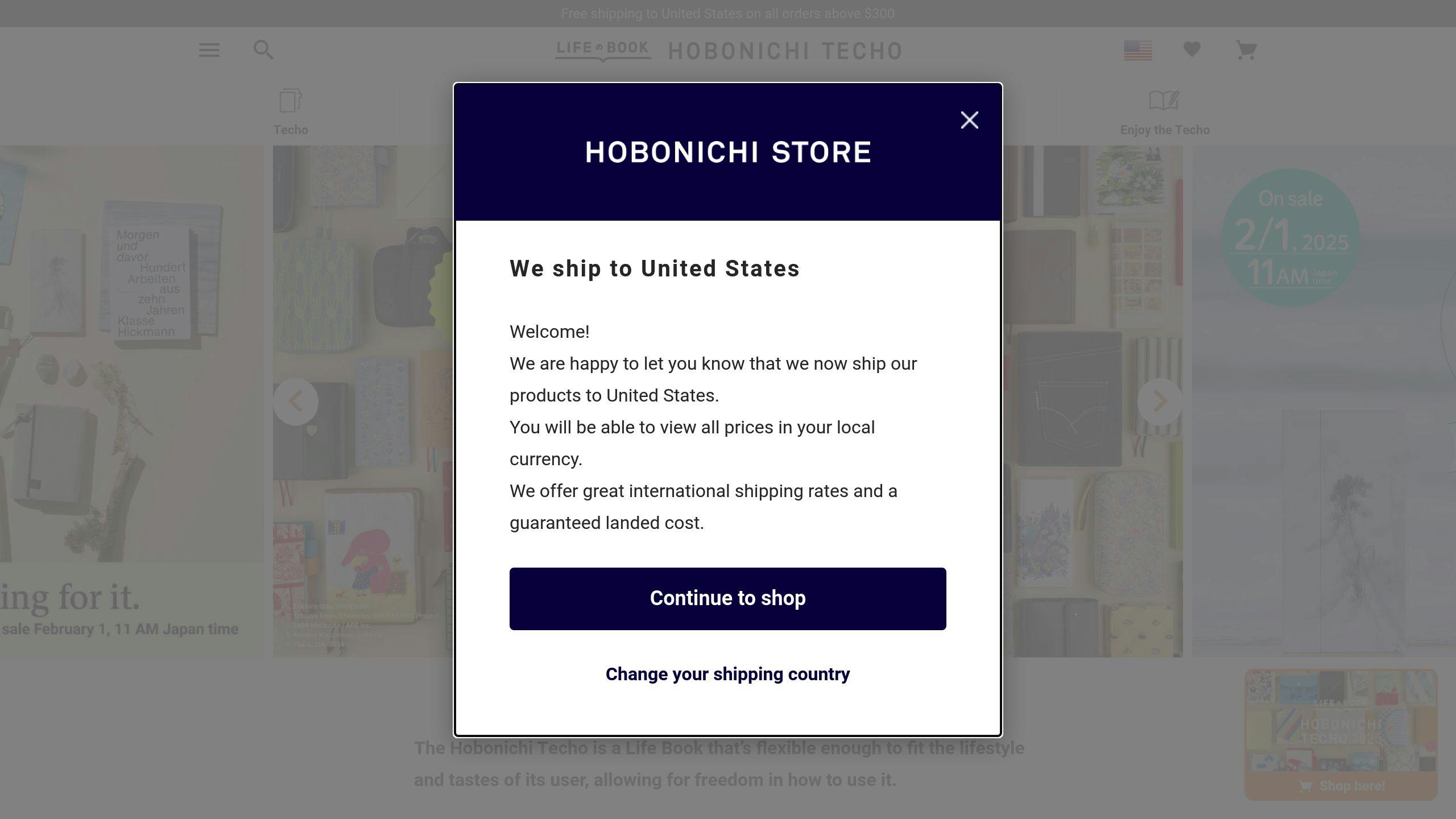
The Hobonichi Weeks is a sleek option with high-quality paper and a compact design (3.75" x 7.4"). Its weekly layout and notes section make it perfect for staying organized without taking up much space.
The Erin Condren LifePlanner is known for its detailed structure, offering layouts tailored for goal tracking. Many users appreciate its focus on organization and its goal-oriented features.
Bullet journals are all about flexibility. Designed by Ryder Carroll, this system allows you to create layouts and tracking methods that suit your style. As Carroll explains, it helps you "track the past, organize the present, and plan for the future" [2].
Choosing between digital and physical planners often depends on how you prefer to interact with your planning tools. Here’s a quick breakdown:
| Feature | Physical Planners | Digital Planners |
|---|---|---|
| Tactile Experience | Great for engagement and memory | Limited physical interaction |
| Customization | Flexible, especially for bullet journals | Depends on app features |
| Portability | Needs physical space | Accessible across multiple devices |
| Data Backup | Requires manual effort | Cloud backups make it seamless |
"Choosing the right planner is about finding a system that aligns with your lifestyle and helps you achieve your goals. It’s not one-size-fits-all." – Laura Smith, Productivity Coach, The Planner Method Blog
When deciding on a planner, think about these key factors:
For those who enjoy creativity, look for planners with dot grid pages and paper that works well with your favorite pens or markers. If you’re juggling multiple projects, prioritize planners with sections for project tracking and goal-setting.
Once you’ve picked your planner, we’ll guide you on how to tailor it to fit your needs perfectly.
To create an effective planner, start with three essential sections: a monthly overview for broad planning, weekly spreads for detailed scheduling, and a goal-tracking section. These are the building blocks of a solid planning system.
| Section | Purpose | Format |
|---|---|---|
| Monthly Calendar | Plan long-term | Two-page spread with a notes section |
| Weekly Layout | Schedule details | Vertical or horizontal layout with time blocks |
| Habit Tracker | Track behaviors | Grid with daily checkboxes |
| Project Planner | Manage tasks | Timeline view with milestone markers |
| Expense Log | Track finances | Simple table with categories |
Once the basics are in place, adding personal touches can make your planner more engaging and fun to use.
Make your planner uniquely yours by incorporating elements that reflect your personality. For example, use color-coding to organize different areas of your life: blue for work, green for personal tasks, and red for high-priority items. This method not only makes your planner visually appealing but also helps you quickly identify and act on tasks.
The key to getting the most out of your planner is consistency. Here’s how to make it a daily habit:
These simple routines can make a big difference in how effectively you manage your time and work toward your goals.
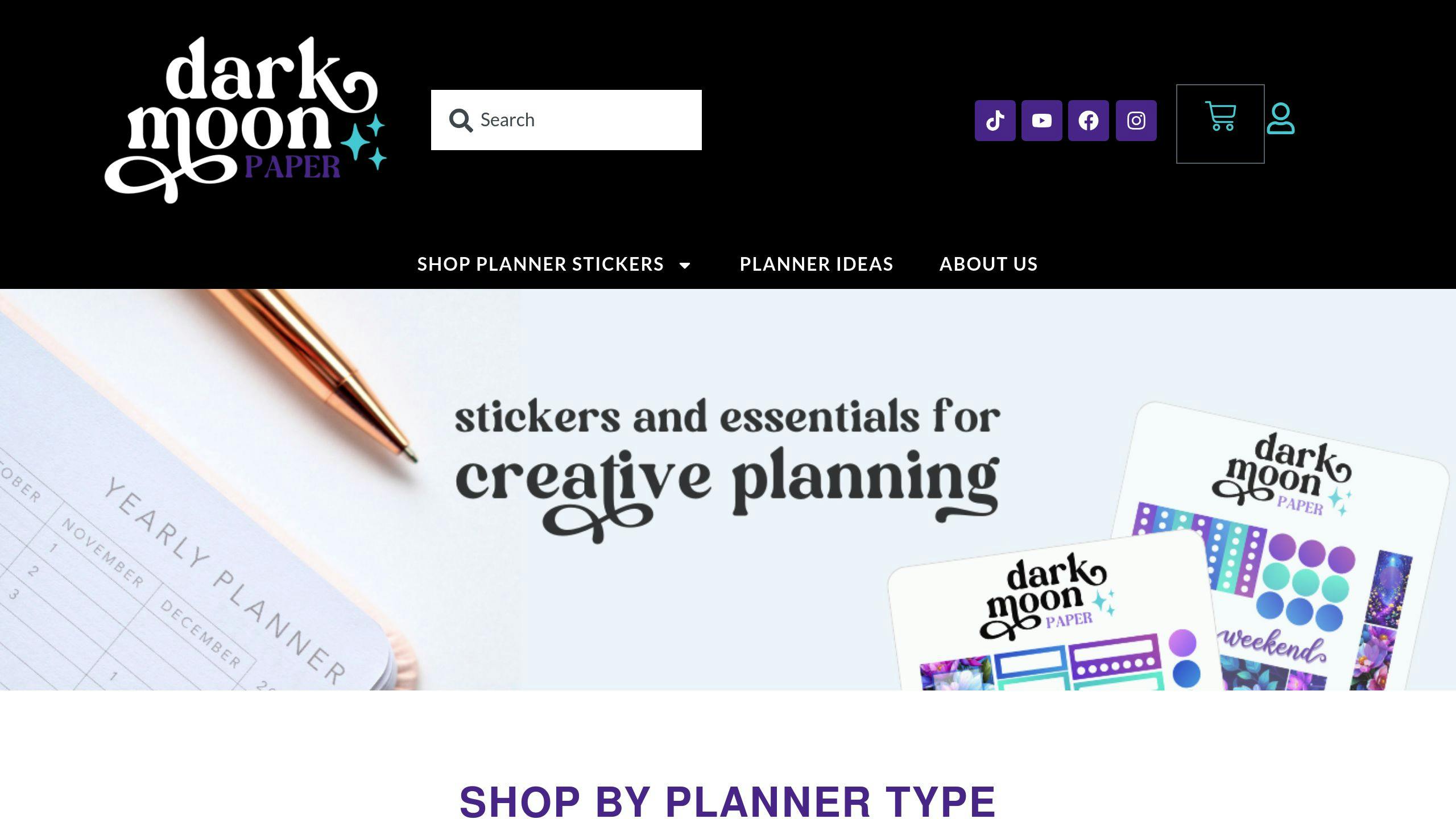
Dark Moon Paper’s themed sticker kits can turn plain planner pages into eye-catching works of art. For example, the ‘Lilac Dusk’ collection adds soft, romantic touches that fit perfectly with springtime planning, while the ‘Winter Ravens’ kit brings a mystical, wintry vibe. Each kit is thoughtfully designed with matching headers, borders, and decorative accents to keep your planner looking cohesive.
| Kit Theme | Key Elements |
|---|---|
| Starry Night | Moon phases, constellation borders, evening trackers |
| Blooming Meadows | Floral accents, nature motifs, gratitude logs |
| Winter Hygge | Cozy illustrations, snowflakes, reflection prompts |
| Electric Forest | Bold patterns, nature details, creativity trackers |
Dark Moon Paper’s functional stickers offer more than just style – they make your planner more organized and efficient. Their checklist stickers, available in various sizes and designs, combine practicality with flair. The icon collection includes small, easy-to-use symbols for marking appointments, deadlines, and other key events. Pair these with their matching washi tape to visually separate sections in your planner.
Some standout functional items include:
You can use Dark Moon Paper’s products to create planner pages that are both functional and artistic. For a productivity-focused layout, try the "Productivity Potion" idea: place a large cauldron sticker as the centerpiece of your weekly spread, then use ingredient-themed stickers to represent your tasks. As you complete tasks, the cauldron visually "fills up." This method blends structure with a touch of creativity.
For mood tracking, you could create a ‘Gratitude Garden’ by using floral stickers, where each flower symbolizes something you’re grateful for that day.
"The combination of functional organization and artistic expression has transformed my planning routine completely. Dark Moon Paper’s stickers make my planner a joy to use rather than just another to-do list", says a happy customer from their 4.9-star rated Etsy shop.
These creative ideas highlight how planning can be both productive and personally rewarding when you mix structure with artistic flair.
According to Harvard Business Review, spending just 15 minutes planning at the start of your day can boost productivity by 23%. These habits work even better when combined with tools like Dark Moon Paper’s trackers and sticker systems, as discussed earlier.
Set aside 10-15 minutes each morning to prioritize tasks and review your schedule. As productivity expert Laura Vanderkam puts it:
"Daily planners help users achieve goals faster."
In the evening, take 15-20 minutes to reflect on your day and prepare for tomorrow. This practice can also improve sleep quality by 15%, according to the National Sleep Foundation.
| Time of Day | Planning Focus | Duration |
|---|---|---|
| Morning | Task prioritization, Calendar review, Daily intention | 10-15 mins |
| Evening | Day reflection, Tomorrow’s prep, Weekly review | 15-20 mins |
To get the most out of these sessions, align them with the strengths of your planner, whether it’s Hobonichi’s compact design or the adaptability of a bullet journal.
Break your planner into sections dedicated to different aspects of your life:
This approach keeps your planner organized and tailored to your needs.
Sticking to a planning routine is key. Research shows it takes about 66 days to form a new habit, so consistency is crucial. Here are some tips to make it easier:
These strategies build on the 29% stress reduction benefit planners can provide, helping you stay organized and focused.
Using a structured daily planner can make a real difference. According to the Journal of Educational Psychology, people who use planners are 23% more likely to achieve their goals [3]. This happens because planners combine organization with a touch of creativity.
Set aside 10-15 minutes each evening to plan your next day. Start simple – create a basic schedule or jot down a to-do list. Over time, you can add creative touches to keep it fun and engaging. For instance, Dark Moon Paper’s sticker kits (mentioned earlier) are a great way to personalize your planner while staying organized.
"The act of planning helps you to focus your goals by giving them structure and meaning." [1]
The key is consistency, not perfection. Your planner should feel like a reliable part of your routine – a tool that helps you stay on track.
Why wait? Grab your planner and take that first step today. A single page is all it takes to start something new.
Stickers are a great way to add both style and functionality to your bullet journal. They help organize tasks visually while giving your journal a personal touch. Whether you’re using them for task management or decoration, stickers can make your planning system more effective.
How to Use Stickers Effectively
| Sticker Purpose | Recommended Types | Benefits |
|---|---|---|
| Task Management | Icon stickers, checkboxes | Easy task categorization |
| Time Management | Headers, time markers | Clearer schedule organization |
| Goal Tracking | Progress bars, habit dots | Simplified tracking |
| Decoration | Themed sets, borders | Adds personality and flair |
Tips for Getting Started
Functional stickers can help streamline your planning, while decorative ones keep things engaging. Just keep in mind that too many stickers might add bulk to your journal. Opt for high-quality stickers that stick well to your journal’s pages.
Looking for ideas? Check out Dark Moon Paper’s sticker collections to take your bullet journal to the next level.
Stickers Made for Planning
Our custom stickers are a fuss-free way to brighten up your planner pages with perfectly-sized designs that add a spark of personality to every layout.
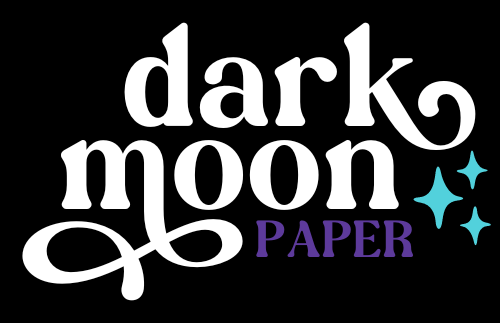
Why use planner stickers?
Planner stickers make organizing easy, fun, and personal! Add color, creativity, and structure to every page, transforming your planner into a tool that reflects you. Perfect for tracking, decorating, and staying inspired daily!
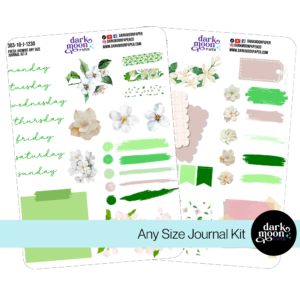
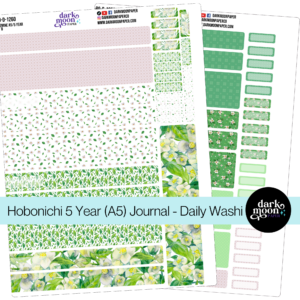
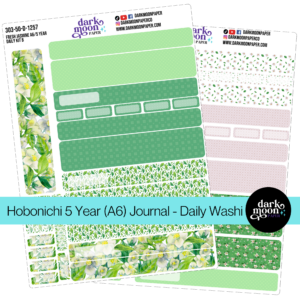
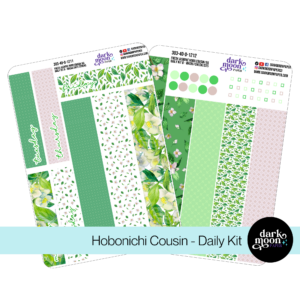
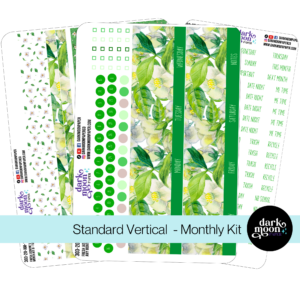
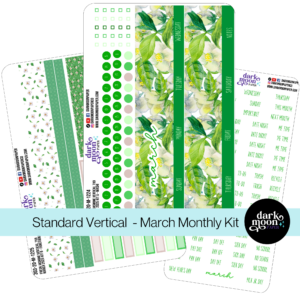
Hello and welcome!
I’m Rachael Snow, a lifelong artist and entrepreneur, and I started Dark Moon Paper to blend my love of art, technology, and the mysterious beauty of the world around us. My sticker kits are meant to set the mood, tell a story, and give you a little escape from the ordinary.
I work from my cozy studio tucked away in the beautiful woods of Oregon, surrounded by nature and a dark night sky full of stars.